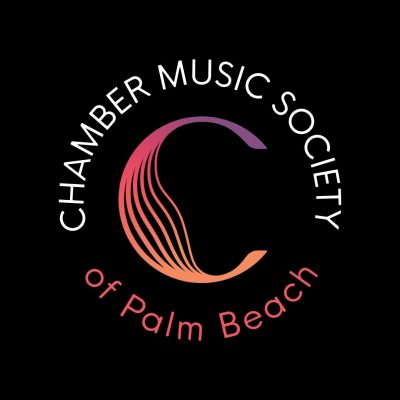
Miró Quartet
The Miró Quartet is one of America’s most celebrated and dedicated string quartets, having been labeled by The New Yorker as “furiously committed” and noted by the Cleveland Plain-Dealer for their “exceptional tonal focus and interpretive intensity.” For the past twenty years the Quartet has performed throughout the world on the most prestigious concert stages, earning accolades from passionate critics and audiences alike. Based in Austin, TX, and thriving on the area’s storied music scene, the Miró takes pride in finding new ways to communicate with audiences of all backgrounds while cultivating the longstanding tradition of chamber music.
Highlights of recent seasons include a highly anticipated and sold-out return to Carnegie Hall; a performance at the Saratoga Performing Arts Center as part of the Chamber Music Society of Lincoln Center’s inaugural residency; the world premiere of a new concerto for string quartet and orchestra by Pulitzer Prize-winning composer Kevin Puts; performances of the complete Beethoven Cycle at the Orcas Island Chamber Music Festival and at Tokyo’s Suntory Hall; and debuts in Korea, Singapore, and at the Hong Kong International Chamber Music Festival.
The Quartet’s 2018-19 season includes performances for the New York Philharmonic with Gabriel Kahane; collaborations with Anton Nel, Clive Greensmith, and Martin Beaver; and appearances at La Jolla’s new Conrad Prebys Performing Arts Center, and for the Detroit Chamber Music Society and the LMMC in Montreal. Other recent highlights include performances at the Phillips Collection, Chamber Music Monterey Bay, the Green Music Center, Chamber Music Northwest, and Emerald City Music in Seattle, as well as collaborations with David Shifrin, Jeffrey Kahane, and Wu Han, and a performance of the complete Beethoven cycle in just nine days for Chamber Music Tulsa.
Since 2003 the Miró has served as the quartet-in-residence at the University of Texas at Austin Sarah and Ernest Butler School of Music, and in 2005, the Quartet became the first ensemble ever to be awarded the coveted Avery Fisher Career Grant. The Miró Quartet took its name and its inspiration from the Spanish artist Joan Miró, whose Surrealist works — with subject matter drawn from the realm of memory, dreams, and imaginative fantasy — are some of the most groundbreaking, influential, and admired of the 20th century.